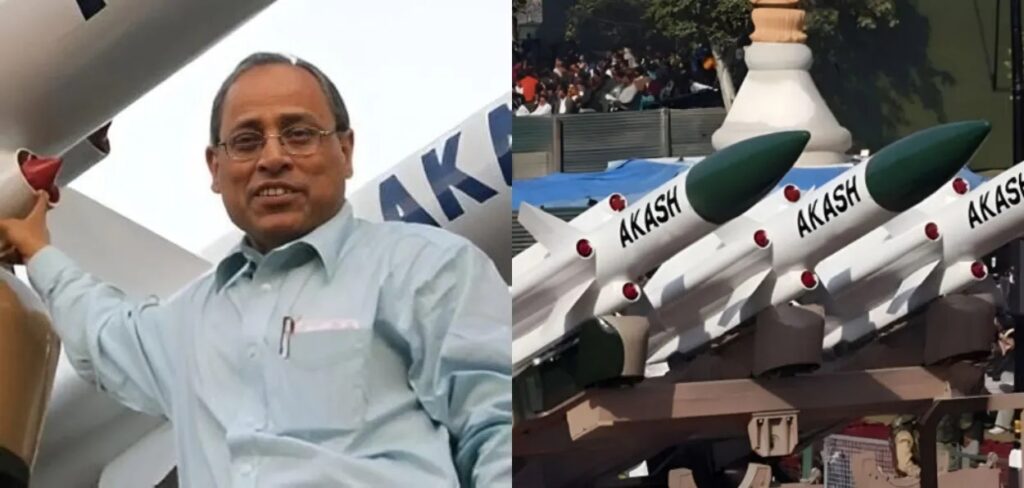Prahlada Ramarao was only 35 when Dr. APJ Abdul Kalam selected him to lead the Akash missile project. At the time, Kalam was working at the Defence Research Laboratory in Hyderabad. Ramarao said Kalam taught him how to turn individual skills into teamwork and that India needs more leaders like him.
Akash’s Success Made Ramarao Emotional
Now 78 and a Padma Shri winner, Ramarao said he was proud when Akash missiles stopped enemy drones and missiles during the May 8–9 attack on India’s western border. “It was the happiest day of my life,” he said.
Long Journey to Build Akash
The Akash missile system started in 1994 with a budget of ₹300 crore, later increased to ₹500 crore. The project took 15 years and involved over 1,000 scientists and many DRDO labs. One major challenge was building the Rajendra radar, which helps detect and guide the missile.
Ramarao said Akash is the most affordable missile defence system in the world and still very effective.

First Time Used in Real Battle
Although Akash had passed many tests before, the May 8–9 attack was the first time it was used in actual combat. Indian Air Force officials said systems like Akash and the S-400 worked perfectly to stop the attack.
Upgraded Versions of Akash
Akash has improved over the years with new versions:
- Akash-1S with an Indian-made seeker.
- Akash Prime for high-altitude and tough weather.
- Akash-NG with longer range and better features.
Today, the Air Force uses 15 squadrons and the Army has four regiments of Akash.
Akash Exported to Armenia
In 2022, Armenia became the first country to buy Akash from India, with a ₹6,000 crore deal. The first delivery happened in 2023 to protect Armenia’s borders.
A Life of Dedication
From learning under Dr. Kalam to seeing Akash work in real war conditions, Ramarao’s story shows the value of hard work, innovation, and teamwork in building India’s defence systems.
